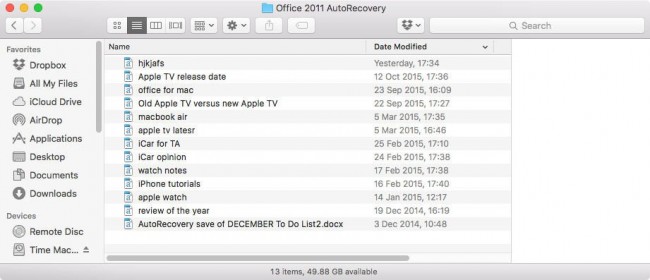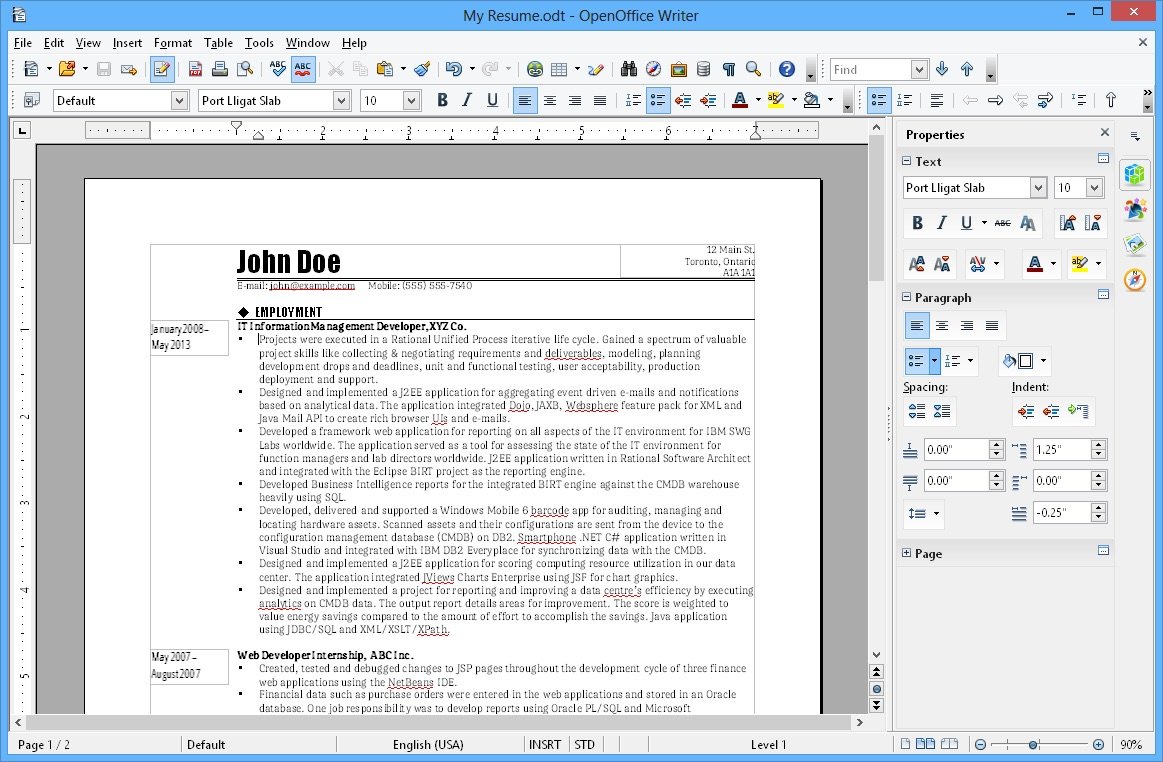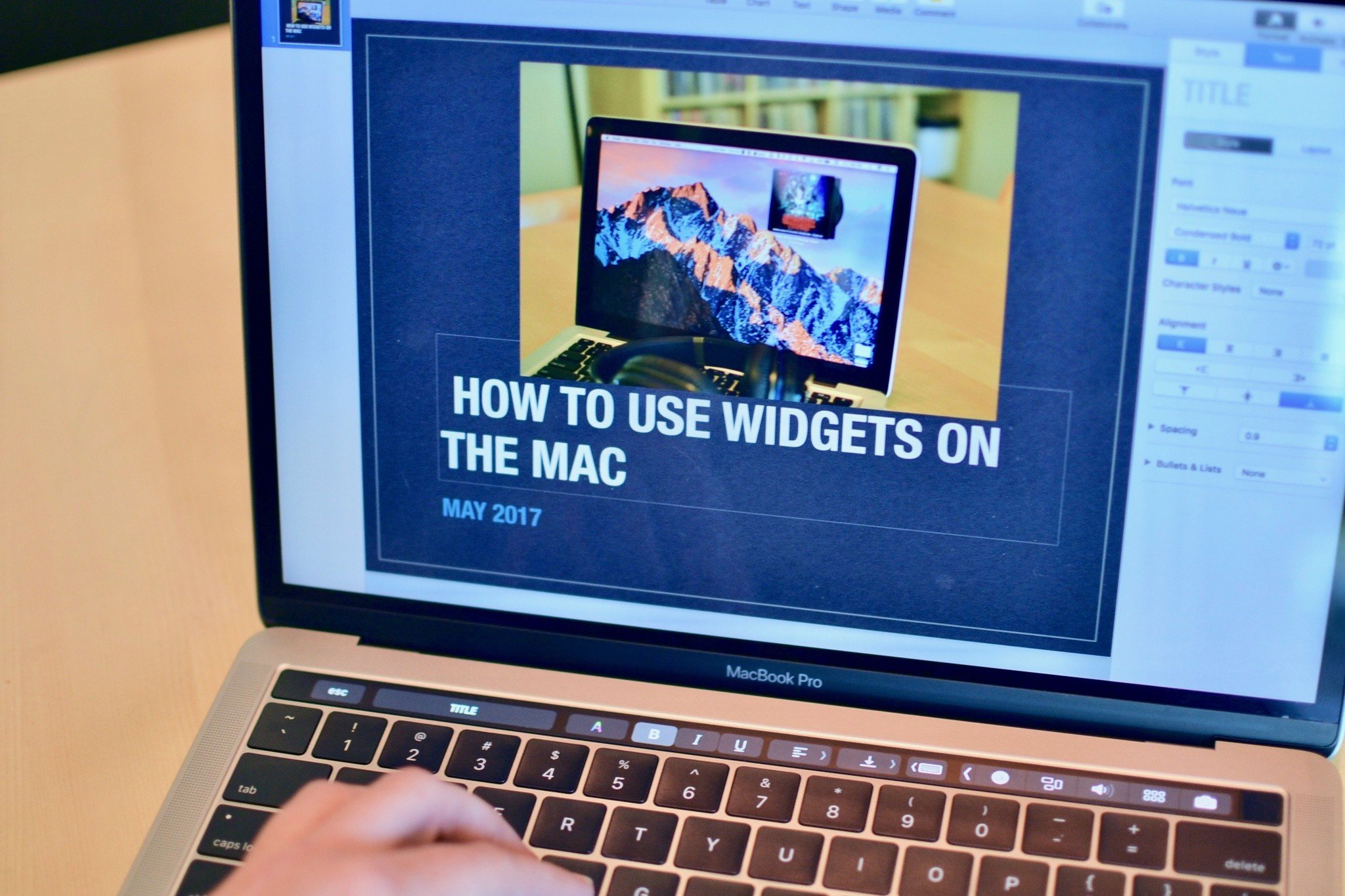

- #Apple mac equivalent to word update
- #Apple mac equivalent to word windows 10
- #Apple mac equivalent to word Pc
- #Apple mac equivalent to word free
pages documents so that they update when that data is changed.

Pages integrates well with other Apple applications - Since iWork '08 a media browser has been incorporated which allows users to drag and drop photos, movies and music from iTunes, iPhoto, Aperture and iMovie, and it is possible to link charts produced in Numbers to. Pages provides tools for collaboration through change-tracking and advanced commenting and feedback features. Pages also comes with the standard spelling and grammar checkers. It incoporates most of the key features found in modern word processors, including the selection of fonts based on WYSIWYG ("what you see is what you get"), the use of headers, footers, page-breaks, footnotes, bulleted lists and support for automatically generating a table of contents. Pages can used to create custom documents which include charts, tables, images, text boxes, shapes, equations and graphs. Pages includes over 140 Apple-supplied templates to allow users to create common documents such as posters, newsletters, certificates, reports, brochures and formal letters - iWork '09 added support for a further 40 new templates. A direct competitor to Microsoft Word (part of Microsoft's "Office" suite) it originally aimed to take a more simplistic approach to document creation and editing than Word, stripping out many of Word's more complex features. Pages is a hybrid application, first released by Apple in February 2005, that allows users to perform both word processing and page layout tasks. pages file extension are word processing documents created by Apple's "Pages" application which forms part of Apple's iWork office suite, a set of applications which run on the Max OS X and iOS operating systems, and also includes Numbers (for spreadsheets) and Keynote (for presentations).
#Apple mac equivalent to word free

#Apple mac equivalent to word Pc
As PC technology has grown the original uses for the extension have become less important and have largely disappeared from the PC world.Įarly versions of the doc file format contained mostly formatted text, however development of the format has allowed doc files to contain a wide variety of embedded objects such as charts and tables from other applications as well as media such as videos, images, sounds and diagrams. It was in the 1990s that Microsoft chose the doc extension for their proprietary Microsoft Word processing formats. Almost everyone would have used the doc file format, whenever you write a letter, do some work or generally write on your PC you will use the doc file format. Historically, it was used for documentation in plain-text format, particularly of programs or computer hardware, on a wide range of operating systems. Making many common tasks easier to do.Doc (an abbreviation of document) is a file extension for word processing documents it is associated mainly with Microsoft and their Microsoft Word application. Is Siri a popular feature of MacOS? We’ll never know how many people actually use Siri as a proportion of MacOS users, but we can say that Siri works incredibly well.Īpple pioneered this conversational interface with the iPhone 4S and it now lives across all Apple devices. These days it’s pretty normal to have app launchers such as Steam or Adobe Creative Cloud, so most people only ever need a dozen or so pinned icons on their taskbars. Multiple windows stack into single icons and you can preview them just by hovering your cursor.

You can pin all your most frequently used apps to it.
#Apple mac equivalent to word windows 10
That’s because the taskbar in Windows 10 does much of what made the dock so popular to begin with. You won’t find any such Windows applications released recently however. There was a large proliferation of third-party dock apps for earlier versions of Windows, such as RocketDock. For years Windows users were pretty envious of the dock in MacOS.


 0 kommentar(er)
0 kommentar(er)
